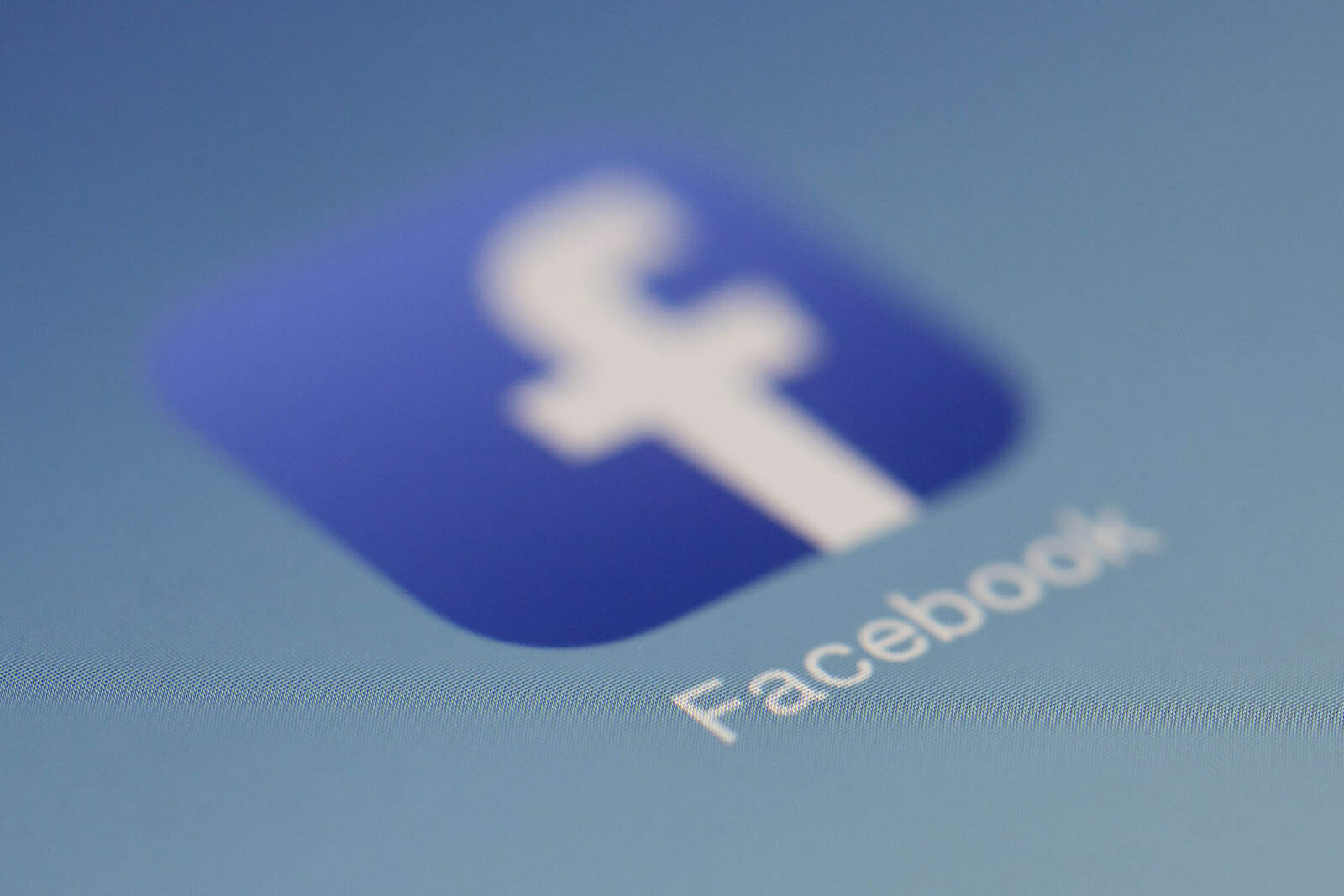
Business
The Libra Payment System – An Important Step For Financial Inclusion
As the world continues to navigate various stages of lockdown, the news that the Libra Association has filed to become a regulated payment system under the Swiss financial regulator (FINMA) might seem insignificant. The world is trying to cope with social distancing, millions of small businesses face ruin, and the world’s inequalities are being exposed like never before. Meanwhile, as our frontline medical staff are struggling to get what they need to pull us through this crisis, the “leader of the free world” is finding opportunities for re-election campaigning in social benefit distribution while at the same time cutting U.S. funding for the body trying to organize a global response to COVID-19.
But dig deeper and it is precisely because of these things that the Libra Association news is significant. And this is because it represents a watershed moment where an idea, that our financial systems can be equitable and fair, started to become operational.
Our financial systems underpin everything from our ability to deal with pandemics to our response to natural disasters. They are also a reflection on what we are as a society. And they do not work for everyone equally. For a start, not everyone even has access to it equally, with 1.7 billion adults, most of them women, outside of the formal financial system. The richest benefit from the most efficient tax, savings, and money-transfer systems, while the poorest rely on the least efficient, and most punitive. An executive in London can send money anywhere around the world at the push of a button, for less money than a farmworker in Nigeria, who has to pay crippling remittance fees after standing in line for hours, further reducing her income.
Cross border remittances — peer-to-peer money transfers — were estimated to be worth more than $700 billion in 2019. Many people, especially those who are living in rural communities, or who cannot easily access a bank, rely on this service to get money to where it’s needed. Yet, the costs and slow speeds of these transfers average around 7 percent globally, with much higher and more extortionate rates for certain remittance corridors, and in all cases exacting the highest fees from the poorest people. The Libra network was created to enable participation of those who currently live on the fringe of banking and economic systems. Reducing the access and cost barriers to entry in the financial system will help create a fairer economic society. And that’s even before we go into the role of cash as a major distributor of infectious diseases.

In its updated whitepaper 2020, the Libra Association lays out how it wants to create parity in aspects of financial services, starting with payments. The biggest design change from where it began last year is the inclusion of a series of single-currency stablecoins in addition to a multi-currency Libra coin. All of these will be fully backed by the Libra Reserve. This will expand the utility of the Libra payment system for consumers engaging in everyday domestic transactions while also facilitating low-cost, cross-border transactions within the Libra ecosystem or into local currencies where a stablecoin is not yet available. It also means that, over time, a growing number of people can access the Libra payment platform in their own currency.
Other significant updates are around that most precious of currency – trust. Everyone from PayPal to Visa will tell you that trust is the most fundamental building block of any payment system, and they are 100 percent correct. Without trust, the whole thing falls down, and these payment companies have spent decades in some cases building trust. The Libra project has three challenges in this regard – the use of (relatively) cutting edge technology like blockchain and stablecoins; its operational independence; and its lack of regulatory oversight.
Taking them in order – with regards to technology, the Libra payment system is built on the Libra Blockchain. Because it is intended to address a global audience, the software that implements the Libra Blockchain is open source and designed so that anyone can build on it, and billions of people can depend on it for their financial needs. Imagine an open, interoperable payment system that developers and organizations build to help people and businesses hold and transfer Libra Coins for everyday use. With the proliferation of smartphones and wireless data, more people are coming online and will be able to access the Libra payment system. To enable the Libra network to achieve this vision over time, the Libra Blockchain has been built from the ground up to prioritize scalability, security, efficiency in storage and throughput, as well as future adaptability. Enabling a consumer to transact with another is still a way down the line, but back in the 1950s when people started turning up at merchants in California expecting store credit from a piece of plastic with Bank of America written on it, business owners had a hard time believing in what is now one of the world’s most trusted brands. Trust takes time to build, but if the fundamentals are there, it will happen. The Libra project has the fundamentals in place, technologically.
What of the fundamentals in other areas of trust and regulatory oversight? The recent announcements are significant in that Libra is now fully supported by its members. This gives it true independence to operate, and the members are diverse, ensuring a range of voices are steering the Association. And in terms of regulatory oversight, under FINMA, the Association will start to look and feel more like a payment system, and that means that it will be regulated to the highest standards the industry has. The Association has announced that it has worked with regulators to develop a comprehensive framework for financial compliance and network-wide risk management as well as strong standards for Anti-Money Laundering (AML), Combating the Financing of Terrorism (CFT), sanctions compliance, and the prevention of illicit activities.
Ultimately the objective is for the Libra payment system to integrate smoothly with local monetary and macroprudential policies and complement existing currencies by enabling new functionality, drastically reducing costs, and fosters financial inclusion. That should make access to workable and cost-effective financial services a reality for everyone. The current financial system has had enough time to become equal, and it has not done so. It still serves the interests of the wealthy. As an organization focused on financial equality for the nearly one billion women who are outside of the formal financial system, Women’s World Banking believes it is time for change, not gradual change, but fundamental change. The Libra Association represents the best opportunity so far for that change. We should embrace it, because in a post-COVID world, it might be our best bet for the equality this virus has shown us we so desperately need.

